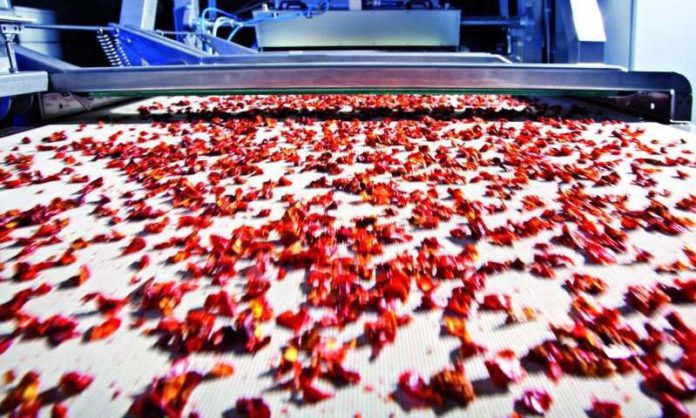A lot of everyday goods are less or much grainy. It needs a sophisticated process to categorize according to their quality and size. They got processed in almost all industries. But the process used for it is all expensive and less precise. So, Scientists at the Karlsruhe Institute of Technology (KIT) in collaboration with the Fraunhofer Institute for Optronics, Systems Technology and Image Evaluation (IOSB) have developed a system that is able to sort bulk materials much faster.
Professor Uwe Hanebeck at the KIT said, “The economic benefit of this project can hardly be overestimated; enormous resources could be saved. Because of the patterns of movement of objects to be sorted, much more precise classification is possible than in conventional sorting systems. The industries had already shown interest in the new technology.”
The technique consists of the camera that operates at different perspectives by capturing a more precise view of the bulk materials. In this way, different objects categorize objects according to their quality and size, more effectively. In addition, the system works on an algorithm, that predicts how objects are going to move on the belt. Through this, the system can effectively sort out foreign bodies.
Georg Maier of the IOSB said, “Classical belt-type sorting systems scan the material to be sorted by means of a camera; parts not to be treated are blown out by means of pressurized air nozzles. There is a problem: The cameras now in use scan the objects only on a short belt section, which allows only rough classification. As a consequence, several runs are necessary to achieve a satisfactory result.”
Benjamin Noack of the ISAS said, “When seen from the top, they look alike. While hemispheres normally remain on the belt, spheres are restless, thus additionally aggravating the sorting process. However, when seen from the side, spheres and hemispheres can be distinguished. Additionally, the system was now able to predict the behavior of these objects and then adjust its operation accordingly and, in this way, also achieve better classification.”
With this technique, scientists also found a way to increase the accuracy of existing sorting systems quickly and at low cost.
